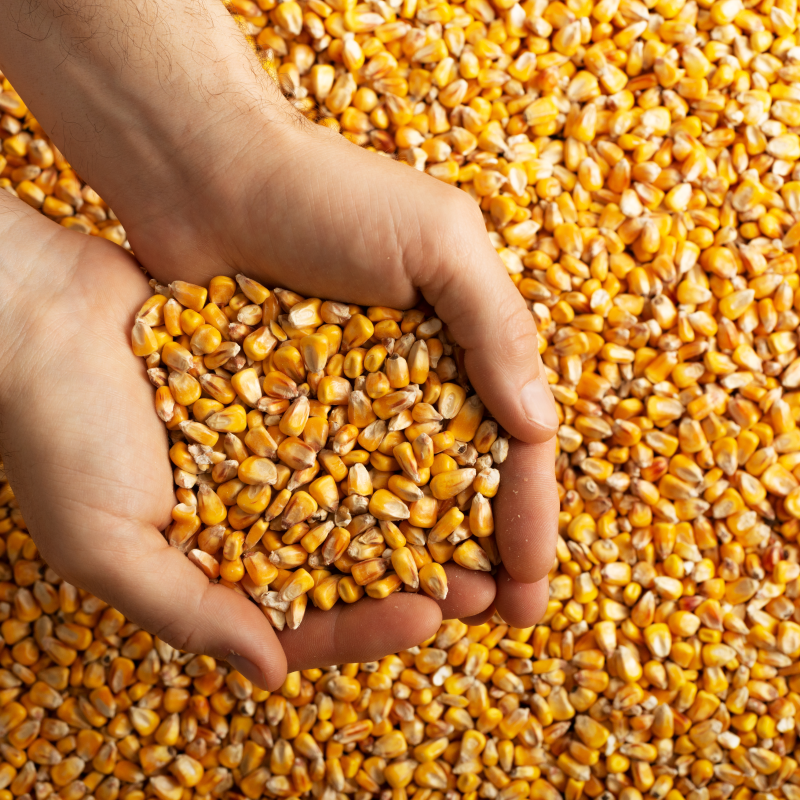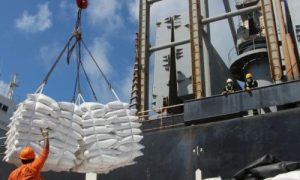State to increase area under irrigation for rice, maize and horticulture crops

The National Irrigation Authority plans to significantly expand irrigated land from 711,993 to 1.2 million acres by 2027, aiming to boost production of rice, maize, horticulture, and fodder. They intend to increase water storage capacity from 55 million to 340 million cubic meters through new dam constructions like Galana Dam. This initiative aims to enhance food security, create over a million jobs, and support industrialization efforts.
The National Irrigation Authority is planning to increase the overall area under irrigation within the next five years.
Irrigation PS Ephantus Kimotho said there are plans to increase the area under irrigation from the current 711,993 acres to 1.2 million acres by 2027.
This will be used to increase production of different crops including rice, maize, horticulture and fodder.
“For us to be able to increase the area under irrigation, we also require to increase our storage. So we also have a plan to increase the water storage from the current 55 million cubic metres to 340 million cubic litres by 2027. We will do this through some of the dams that we are constructing,” he said.
He spoke during the launch of the NIA Strategic Plan for 2023-2027.
Currently, only the Thiba Dam is being used for irrigation, despite the sector’s high water consumption.
To address this, the State Department of Irrigation has identified some key dams, including Galana Dam in Tana River/Kilifi counties, High Grand Falls in Tharaka Nithi/Kitui, Boston Dam in Bomet, Isiolo Dam, Radat Dam near Pekera in Baringo and Lowaat Dam in Turkana, among others.
The PS said construction of the Galana Dam is underway, with groundbreaking scheduled for October.
The dam will provide over 300 million cubic metres and help irrigate up to 200,000 acres.
“This will go a long way towards addressing the issue of food security. It will also help towards addressing the issue of job creation, because on average, one acre creates around five jobs, so we’re talking about creating over a million jobs,” Kimotho said.
This will also be helpful in manufacture, especially towards creating the raw materials for industrialisation.
NIA Chief Executive Officer Charles Muasya outlined the plan to increase the capacity of water harvesting stored for irrigation.
“At the moment, the only dam being used for irrigation is the Thiba Dam. So during this ambitious process, we are planning to onboard the Galana Dam and also start implementing the High Grand Falls Dam. The third major target is to optimise utilisation of all existing schemes,” he said.
Muasya said they wanted to boost production to ensure optimal use of the installed infrastructure.
“Another target is to increase irrigated rice and maize production from 192,299 tonnes of rice and 195,521 kilograms (90 kgs) of maize in 2023-2024 to 700,000 metric tonnes of rice and 300 million bags of maize,” he said.
The national rice deficit is 700,000 tonnes, which they aim to close within the next five years.
To achieve these goals, Muasya said there is a need to strengthen engagement to optimise the adoption of operational research, irrigation technologies and production.
This includes enhancing governance and institutional capacity building at NIA, developing and adopting appropriate policy, legal and regulatory frameworks.
The government is also focused on ensuring state agencies can sustain their operations.
“This means that NIA is under pressure to generate sufficient funds in its schemes and projects for the realisation of this aspiration. We are in the middle of a budget cut which was targeted for infrastructure development during this financial year and we need to find innovative ways on how we can be able to bridge this gap,” he said.
He called for support towards implementing a robust resource mobilisation strategy to ensure sustained irrigation development and realise the strategic plan.
“There is a need to address potential financial resource challenges and explore funding options by developing contiguous plans for unexpected economic downturns and budget constraints,” he said.















